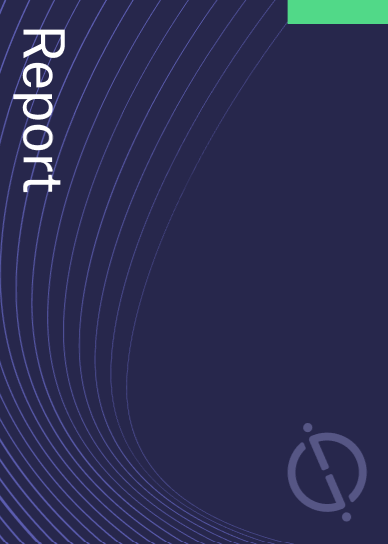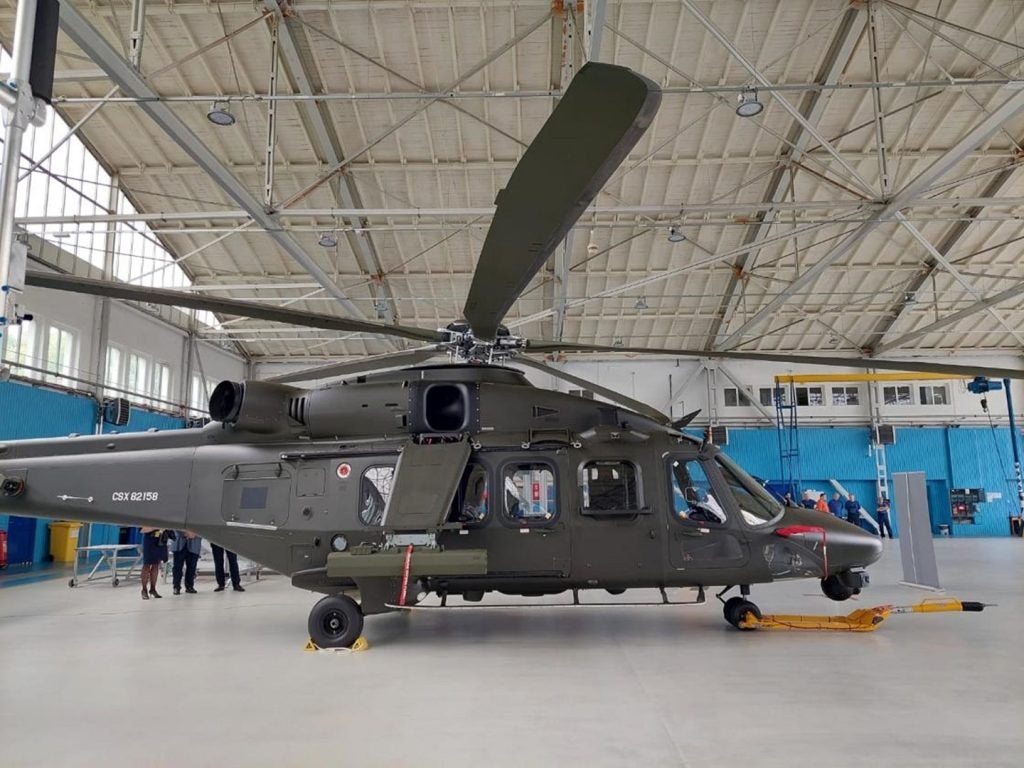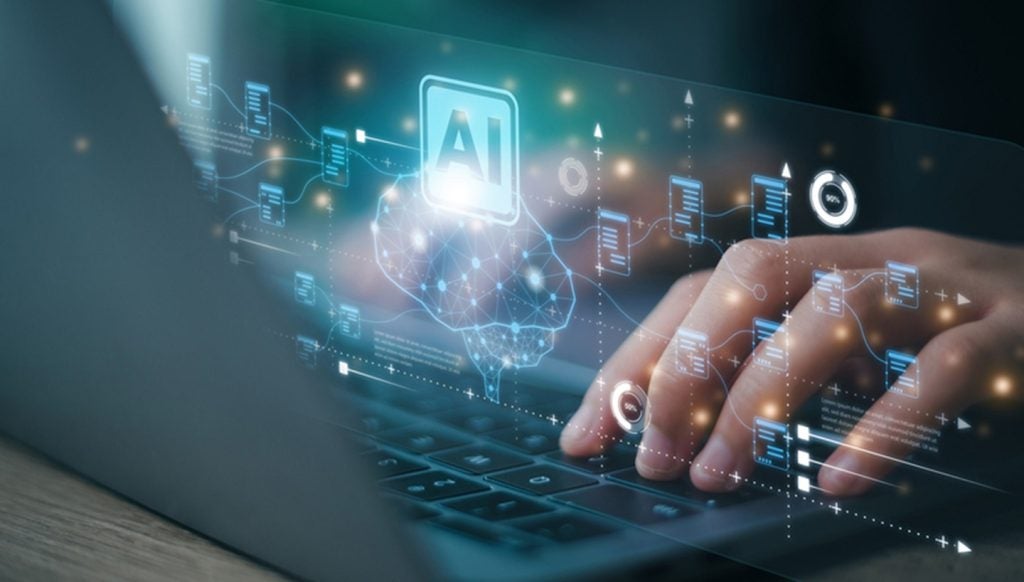Thales has filed a patent for systems and methods that improve human-machine dialogue, particularly in the context of pilot-aircraft communication. The technology involves translating high-level commands from the pilot into technical data that can be understood by the aircraft’s decision assistance system, and translating technical parameters from the system into high-level expressions that the pilot can comprehend. The aim is to enhance bidirectional communication and facilitate mission execution. GlobalData’s report on Thales gives a 360-degree view of the company including its patenting strategy. Buy the report here.
According to GlobalData’s company profile on Thales, drone swarm control was a key innovation area identified from patents. Thales's grant share as of September 2023 was 67%. Grant share is based on the ratio of number of grants to total number of patents.
Improved bidirectional dialog system for human-machine communication
A recently filed patent (Publication Number: US20230312132A1) describes a computer-implemented method for improving bidirectional communication between humans and machines, specifically in the context of a pilot and an aircraft platform conducting a mission. The method involves two main steps: human-to-machine dialog and machine-to-human dialog.
In the human-to-machine dialog, the method receives high-level abstract data, which represents general commands expressed by the pilot in a predefined semantic framework to convey their intention for the mission. This high-level data is then translated into low-level technical data using machine learning techniques such as neural networks and fuzzy logic decision trees. The translated technical parameters can be used by a decision assistance system in the aircraft platform to determine specific tasks for carrying out the pilot's intention.
In the machine-to-human dialog, the method receives raw technical parameters from the decision assistance system, which represent recommended tasks to carry out the pilot's intention. These raw parameters are then translated back into high-level abstract data using fuzzy logic decision trees. The translated data is expressed in the predefined semantic framework, allowing the pilot to understand the recommendations of the decision assistance system.
The patent also includes additional steps and features to enhance the method. These include comparing the input data with the high-level abstract data captured by a pilot's human-machine interface, selecting output data through filtering and thresholding, controlling black boxes and white boxes using fuzzy logic decision trees, optimizing the system through machine learning algorithms such as genetic algorithms, and updating current data relating to the aircraft or its environment.
The patent also describes a computer program product that includes code instructions for executing the method on a computer, as well as a system for implementing the bidirectional dialog between humans and machines. The system includes memory, computing resources, and data processing resources for carrying out the translation process using universal approximators and fuzzy logic decision trees.
Overall, this patent presents a method and system for improving bidirectional communication between pilots and aircraft platforms during a mission. By translating high-level abstract commands into low-level technical parameters and vice versa, the method aims to enhance the efficiency and effectiveness of human-machine interaction in the aviation industry.
To know more about GlobalData’s detailed insights on Thales, buy the report here.
Data Insights
From

The gold standard of business intelligence.
Blending expert knowledge with cutting-edge technology, GlobalData’s unrivalled proprietary data will enable you to decode what’s happening in your market. You can make better informed decisions and gain a future-proof advantage over your competitors.







